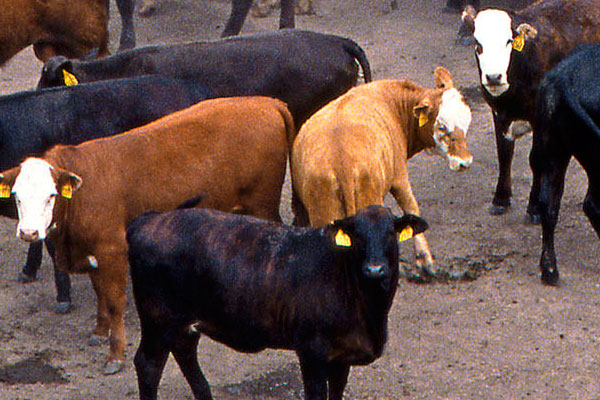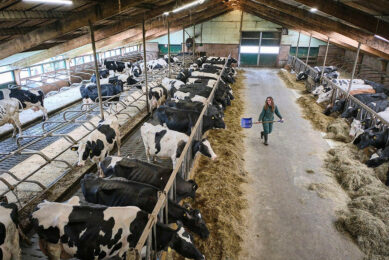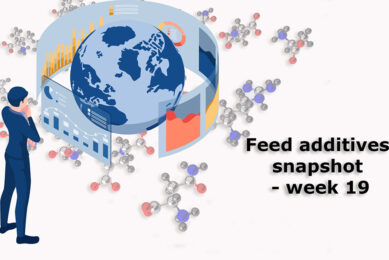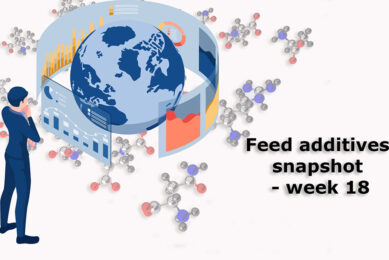US: Lower feed prices may aid beef herd recovery

With better weather conditions leading to normal forage and grain production should result in beef cattle numbers slowly increasing, according to Purdue Extension agricultural economist Chris Hurt
Beef cattle numbers across the US have been falling since 2007 due to drought that devastated pastures and drove feed crop prices sky-high. However, with the more favourable weather bringing more normal forage and grain production, producers should be more inclined to keep replacement heifers.
“Beef cow operations in some parts of the country where pastures have been restored are probably getting ready to retain heifers,” Hurt said. “Beef cow numbers have declined in the Southeast by about 700,000 head, or 12%, since 2007. Midwest numbers have dropped by 680,000 head, or 14%, since 2007. Both of these areas should have the pasture and the feed to begin heifer retention.
“The northern Plains is another area that is ripe for herd expansion.”
Currently, the US Department of Agriculture (USDA) has said that 72% of the nation’s pastures is fair, good or excellent, compared with just 46% in 2012.
Prices for feedstuffs such as corn and soybean meal are expected to fall when new-crop harvest begins in the fall. Corn prices could fall by $1.50 per bushel, and fall soybean meal prices could be as low as $150 per ton lower than current old-crop prices, Hurt said.
But parts of the country haven’t yet had enough pasture recovery for producers to consider growing their herds. Such areas include the central and southern Plains and the western US, which have about 43% of the nation’s beef cows.
“Initial retention of heifers likely will occur this fall in areas primarily east of the Mississippi River, plus the Delta, the western Corn Belt and the northern Great Plains,” Hurt said. “This is a large area that currently has 57% of the nation’s beef cows.”
Lower feed prices on their own might not be enough to encourage major herd expansion, though. According to Hurt, it will take higher calf prices as well.
Current calf prices are up slightly since June, but likely not enough to stimulate major expansion. So while heifer retention and expansion plans will begin this year, national beef production will drop by about 4% in the last half of 2013 and 5% in the first half of 2014, according to USDA.
The drop should lead to higher finished cattle prices, which would lead to higher calf prices.
“The industry might see the start of heifer retention this fall, but the magnitude of expansion is expected to be low and slow to get underway,” Hurt said. “Beef cow producers know that herd expansion is a long-term investment, and they generally want a more extended period of favourable returns before making major financial commitments.”
Source: Purdue University











